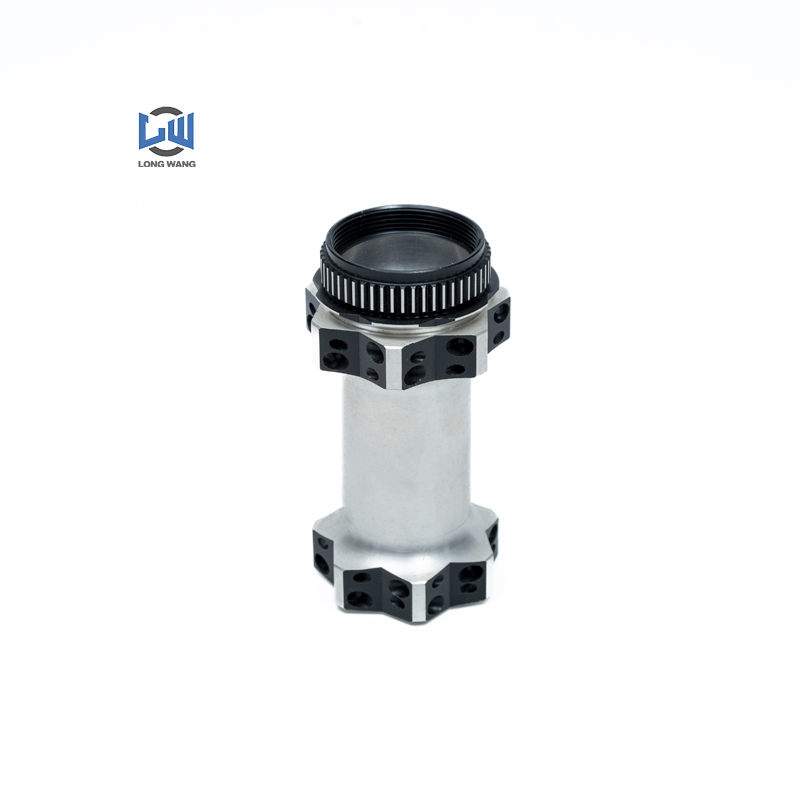Aluminum Cnc Machining Process
Aluminum CNC machining involves a series of precise processes to transform raw aluminum material into finished components using Computer Numerical Control (CNC) machines. The process typically includes the following steps:
Design and CAD Modeling:
The first step is to create a detailed design of the desired aluminum component using Computer-Aided Design (CAD) software. This digital model serves as the blueprint for the CNC machining process.
Material Selection:
Choose the appropriate grade and form of aluminum based on the specific requirements of the component. Common aluminum alloys used in CNC machining include 6061 and 7075 due to their favorable machining properties.
Material Preparation:
Prepare the aluminum material by cutting it into the required size and shape, ensuring it is suitable for loading into the CNC machine.
CNC Programming:
CNC programming involves converting the CAD model into a set of instructions that the CNC machine can understand. This step defines toolpaths, speeds, feeds, and other parameters necessary for machining.
Fixturing and Workholding:
Secure the aluminum material onto the CNC machine using fixtures and workholding devices. This ensures stability and precision during the machining process.
Tool Selection:
Choose the appropriate cutting tools based on the design and material specifications. The selection may include end mills, drills, and other tools optimized for aluminum machining.
Machining Operations:
The CNC machine executes the programmed toolpaths to remove material from the aluminum block, shaping it according to the CAD model. This may involve milling, drilling, turning, or other machining operations.
Quality Control:
Regular quality checks are performed during and after the machining process to ensure dimensional accuracy, surface finish, and overall quality of the aluminum component.
Deburring and Surface Finishing:
Remove any sharp edges or burrs left from the machining process. Additionally, apply surface finishing techniques such as polishing or anodizing to enhance the appearance and properties of the aluminum.
Inspection and Testing:
Thoroughly inspect the final aluminum component for any defects or deviations from the specifications. Testing may include dimensional checks, material integrity assessments, and other relevant tests.
Packaging and Delivery:
Once the component passes inspection, it is appropriately packaged for protection during transit and delivered to the customer or the next stage of assembly.

The entire Aluminum CNC machining process demands precision, attention to detail, and expertise to achieve high-quality and accurate results.


